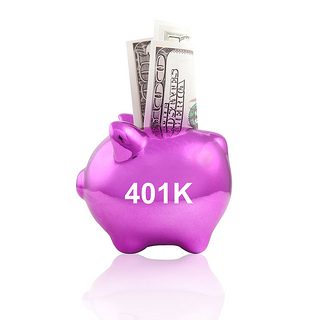Posted by Michelle J. Cross, CPA
 A court recently fined a plan sponsor over $35 million for breach of fiduciary trust by causing employees to pay excessive fees in their 401(k) accounts. You may be thinking to yourself, “Wow, they must have been stealing from the plan!” They weren’t. But they did do something wrong…they selected a more expensive mutual fund class where cheaper ones were available.
A court recently fined a plan sponsor over $35 million for breach of fiduciary trust by causing employees to pay excessive fees in their 401(k) accounts. You may be thinking to yourself, “Wow, they must have been stealing from the plan!” They weren’t. But they did do something wrong…they selected a more expensive mutual fund class where cheaper ones were available.
This is just one example of huge penalties being imposed on plan sponsors who are not properly monitoring plan expenses. As a result, many plans are considering moving towards self-directed brokerage accounts (SDBAs). As the name implies, participants who have SDBAs have the ability (and personal responsibility) to choose individual securities in which to invest their retirement contributions.
While there is generally a restriction on the type of security that can be invested in (you probably can’t use your plan’s SDBA to get into a hedge fund), you may be able to buy a security that is not traded on a regular basis. This type of security poses numerous challenges in terms of valuation as well as liquidity.
The first issue is that the custodian may not be able to find a market price for the security and is forced to use an estimate. The trouble with using estimates is that they can be wrong and depending on the number of units held, the difference could have a significant impact on the account’s value. I don’t think that I’m alone in wanting to know exactly how much my 401(k) account is worth at any given moment. Unfortunately, the participant may not even realize that the unit price on his or her statement is an estimate. Some might suggest reporting at cost basis, but that is not an option because audited financial statements require all investments to be presented at fair value.
The second issue is that if the security is not regularly traded, then the participant runs the risk of not being able to liquidate if he or she wants to reallocate or take a distribution. I also don’t think that I’m alone in wanting my money to be available to me if and when I really need it.
The moral of the story is this: If you’re going to let participants open SDBAs, be careful about what investment types you are allowing and be sure to educate them on why they may want to stick to securities with a publicly available market price.
Photo by Tax Credits (License)